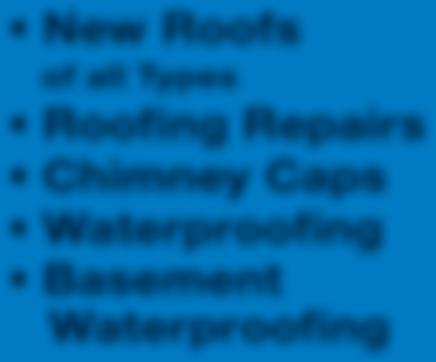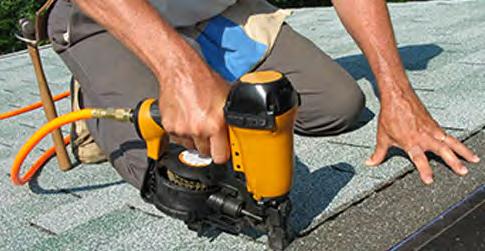
2 minute read
Options to finance home improvements
Renovating a home is a great way to impart personality indoors and out. Improvements can make spaces more livable and address safety issues. Home renovations often take residents’ lifestyles into account, and changes can be customized to accommodate a growing family or an empty nest.
No matter the job, home improvements tend to be costly. According to the financial resource SoFi, on average, the cost to renovate or remodel a whole house runs b etween $10 and $60 per square foot. Certain rooms demand a higher cost, with a kitchen or bathroom remodel costing around $100 to $250 per square foot due to electrical and plumbing needs. Figuring out how to pay for the improvement project is as essential to the planning process as picking out materials and contractors.
The following are some financial considerations and financing options for homeowners looking to renovate their properties.
• Consider if the investment is worth it. Remodeling magazine routinely assesses common improvements and how much homeowners can expect to recoup on the investment in its annual “Cost v. Value” report. In 2022, a homeowner spending $4,000 on a garage door replacement recouped 93.3 percent of the investment, whereas adding a midrange b athroom at $63,000 would only offer a 51.8 percent return. Homeowners must decide if they want to go forward with the project if they’re likely to get just a $33,000 return when they choose to sell the home later on.
• Refinance the home mortgage. Homeowners can use a cash-out mortgage refinance as a way to access thou- sands of dollars for a remodel. This taps into a home’s equity. Keep in mind that the mortgage will then be a new mortgage at the current interest rate and an outstanding balance higher than what was the current one. Typically 20 percent equity in the home is needed to refinance.
• Take out a personal loan. For those who do not want to refinance, a personal loan or home improvement loan can be good for midsized projects, according to American Express. Personal loans for home renovations typically require no collateral and one’s credit score determines the interest rate.
• Utilize a home equity line of credit. A HELOC is a form of revolving credit, like a credit card. Homeowners borrow against the credit line granted with the home being the collateral. As a person pays down what is owed, he or she can borrow more. This is a good idea for recurring or longterm home improvements.
• Try a home equity loan. Home equity loans use the home as collateral like a HELOC. The home equity loan is an installment loan for a fixed amount on a fixed monthly schedule for a set term. These are sometimes called second mortgages.

• Use a no- or low-interest credit card. Smaller projects can be financed using credit cards. Many will offer introductory rates with no interest for a few months. This is generally only preferable if a person can pay off the balance before interest is charged.

These are the primary ways to finance home improvement projects when costs exceed available cash on hand. Q — Metro Creative Connection

















